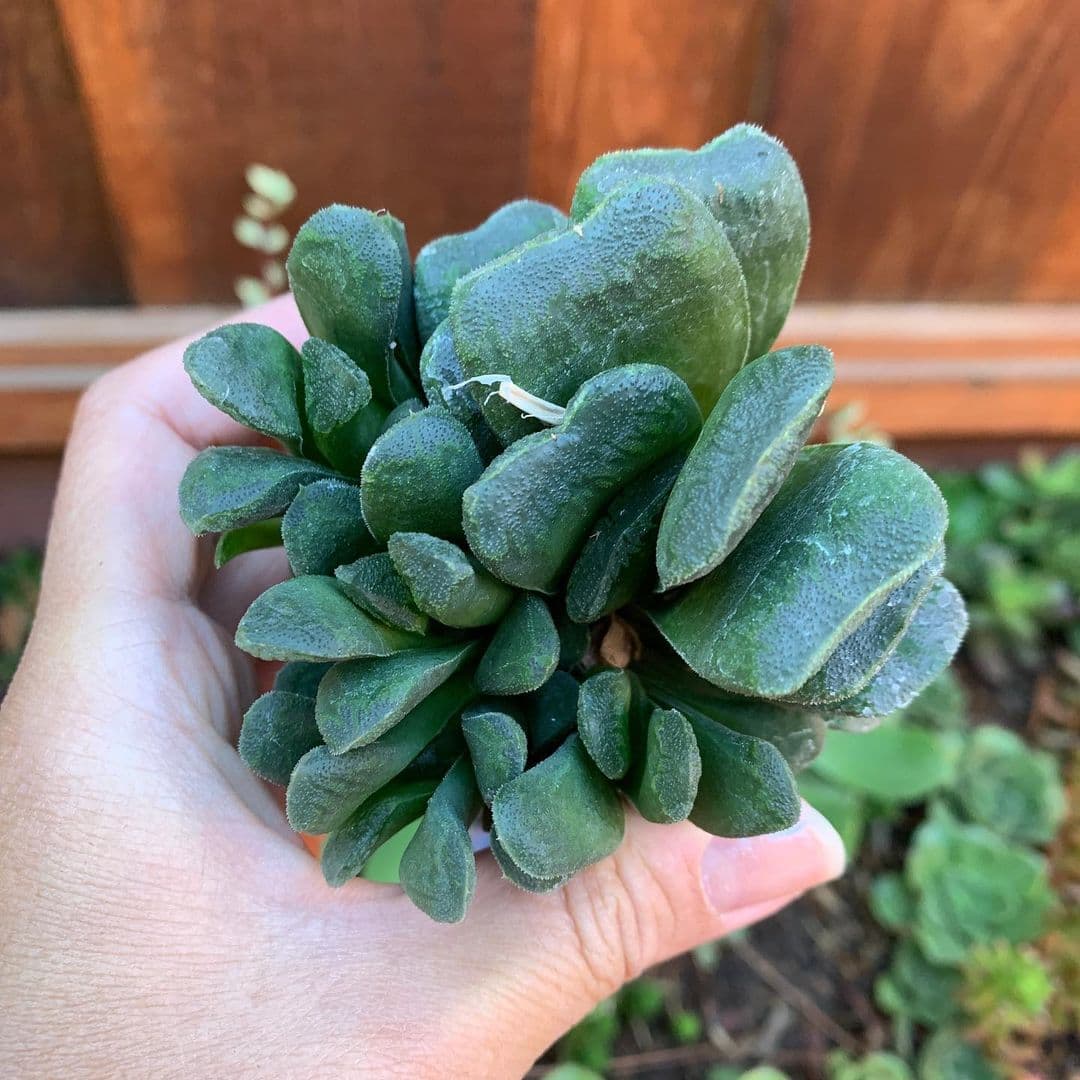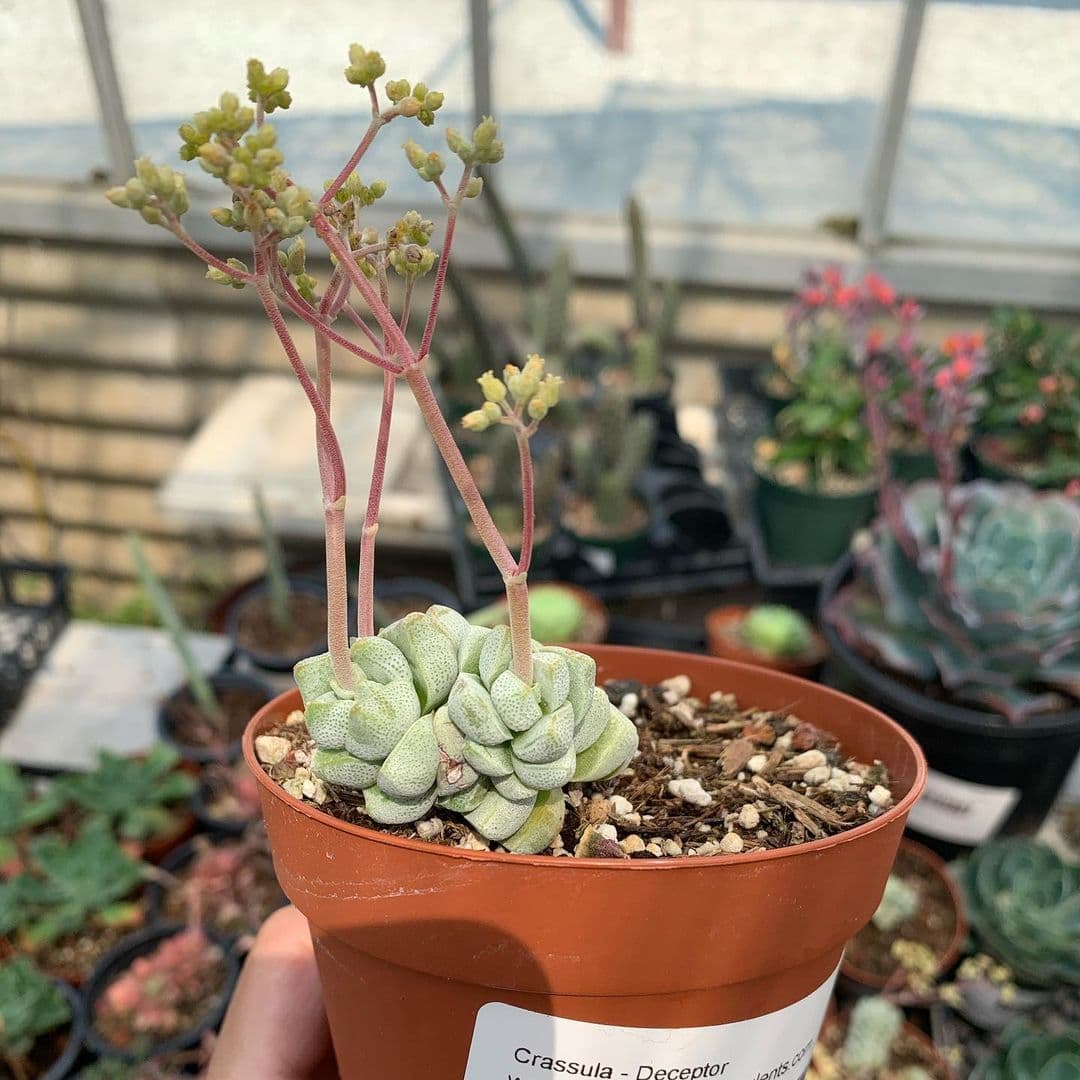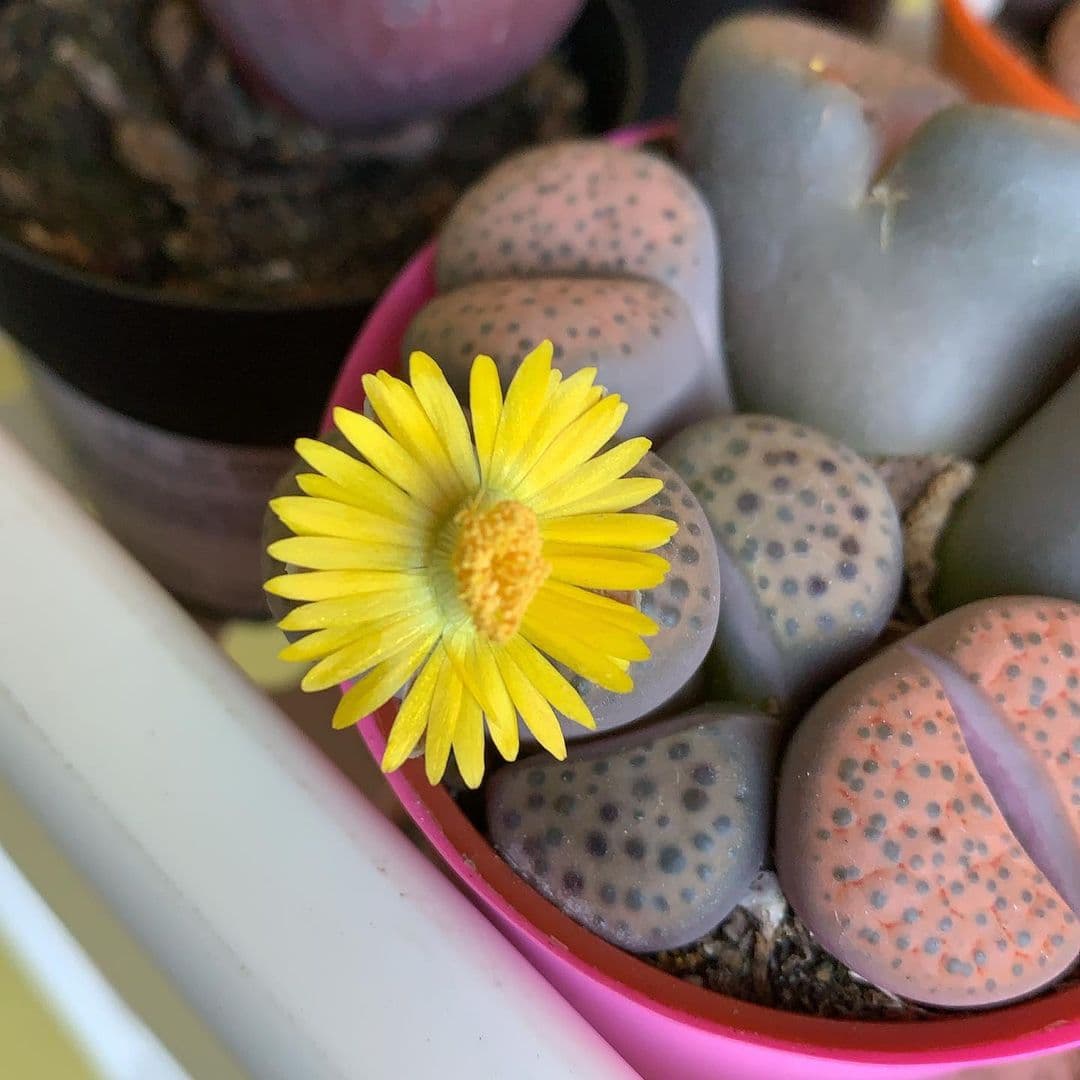Cacti
Posted by Grace on August 15, 2021
Cacti are a diverse group of succulent plants known for their unique adaptations to arid environments. With over 2,000 species, cacti come in a variety of shapes, sizes, and colors, making them a popular choice for gardeners and plant enthusiasts alike.
Key Adaptations of Cacti
Cacti have several adaptations that allow them to survive in hot and dry conditions, including thick, fleshy stems to store water, spines or hair-like structures for protection, reduced or absent leaves to minimize water loss, large, shallow root systems to quickly absorb water, and the ability to open and close their stomata to regulate water loss.
Types of Cacti
- Columnar Cacti - tall, tree-like cacti, such as the Saguaro
- Sphere-Shaped Cacti - round cacti, such as the Peanut cactus
- Cylinder-Shaped Cacti - cacti with a cylindrical shape, such as the Old Man cactus
- Flat-Topped Cacti - cacti with a flat, wide shape, such as the Prickly Pear
- Clustered Cacti - cacti that grow in clusters, such as the Bouquet cactus
Benefits of Growing Cacti
Cacti are low maintenance, drought-tolerant, and provide an interesting and unique addition to any garden. They are also well-suited for xeriscaping, or water-wise gardening, and can produce attractive flowers in a range of colors.
Caring for Cacti
To care for cacti, provide bright, direct sunlight, allow the soil to dry out between waterings, use well-draining soil, avoid over-watering, and provide adequate air circulation.
Propagating Cacti
Cacti can be propagated through cuttings, seeds, or division.
Common Pests and Diseases Affecting Cacti
Cacti are susceptible to pests such as mealybugs, aphids, and scale insects, as well as diseases such as root rot.






